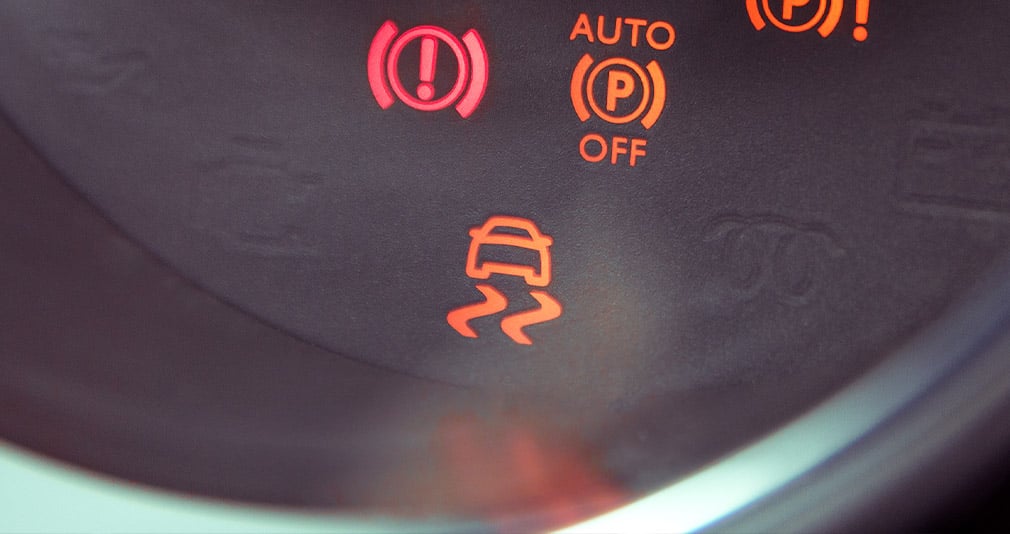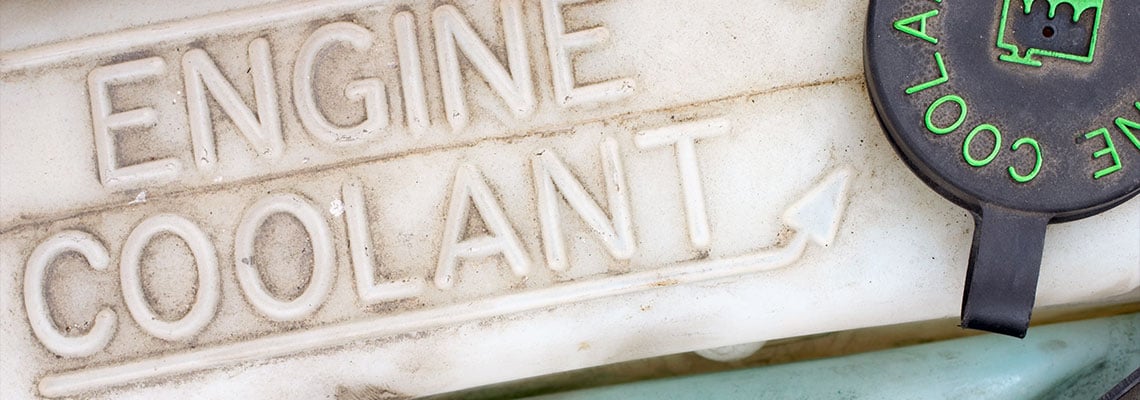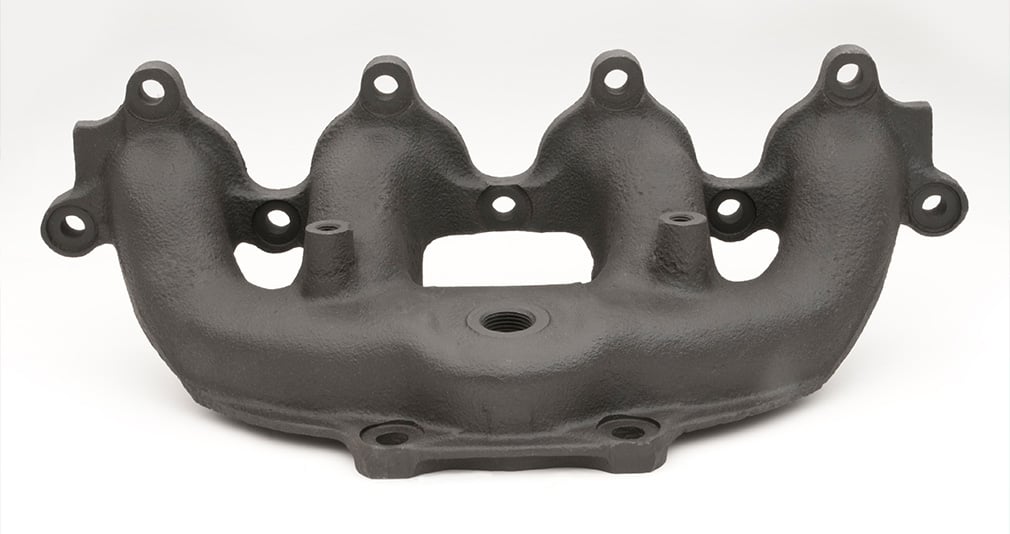We all want to leave an oil change appointment feeling valued and well-served. While the occasional less-than-scrupulous worker can give auto shops a bad rap, most mechanics are committed to providing excellent service, ensuring your car is expertly cared for and well-maintained for a fair price. Still, the curious consumer wants to know: How much should I pay for a good oil change?
An oil change often involves filter changes as well, and the cost may vary depending on the type of car you have and the oil it needs. But that doesn’t mean you have to just make your best guess. By understanding your car and the standard cost of an oil change, you can get quotes with confidence.
Cost of an Oil Change
An oil change may cost anywhere from $30 to $125, depending on your car’s year, make and model and whether you take it to a shop versus DIY. Some cars may require or benefit from synthetic oil, which tends to cost more upfront but may require less frequent stops to the auto shop for oil changes. This could save you money in the long run.
Conventional oil change. A standard oil change, plus the filter change, costs about $35 to $75 at a shop or about $30 if you DIY.
Synthetic oil change. Full synthetic oil or synthetic oil blends tend to cost more because synthetic oils contain additives for improved viscosity. This means the oil can better withstand extreme temperatures and better protects the vehicle engine. The rate of the oil change and filter change will range from $65 to $125 at a shop or about $45 at home.
Signs of a Quality, Full-Service Oil Change
You might think you’ve found the best deal in town, but you could also be paying for the bare minimum. You’ve probably been offered extra services when you’ve taken your car in for an oil change, and while this may seem like a way for a shop to pad the bottom line, keeping up with maintenance during your regular oil changes can save you time and money in the long run.
Just make sure to choose a shop that is upfront and honest about additional services that your car may need, and consider shops that offer the most bang and best service for your buck through full-service oil changes that actually include several additional tasks and inspections, such as:
Changing the oil. Of course, your full-service oil change should mean that the team doesn’t just top off the oil but fully changes it. Oil changes include about five to eight quarts of oil, depending on the vehicle.
Checking filters. The team should check the oil filter as well as the air filter, which keeps debris out of the engine, and the cabin filter, which keeps the interior of the car free from pollutants. Filter changes may be included in the oil change rate or added on for a fee: around $20 to $85 for the air filter and $30 to $70 for the cabin filter, depending on your vehicle.
Battery inspection. You should have the battery inspected every oil change to check for signs of damage, like bulging or cracking, as well as any corrosion. Be sure to follow up to see if the team inspected the battery and if they noticed any issues.
Fluid inspections. In a full-service oil change, the auto repair team should check the levels of transmission, brake and power steering fluids. It’s important to make sure these fluids aren’t low to avoid problems like corrosion or overheating.
Checking lights. Car lights are required to signal when you’re turning and braking and for seeing in low light. You may not notice if a light has burned out, so typically, mechanics will have you turn lights and blinkers on during the oil change to be sure everything is in working order. Dim or flickering lights can also alert the mechanic that there could be issues with the car battery.
Topping off the antifreeze. Any time you stop in for an oil change, the team should inspect the antifreeze and make sure it is full. Antifreeze (or coolant) is important for keeping the vehicle parts at a stable temperature and avoiding corrosion.
Inspecting tire tread and pressure. Filled tires with good tread are crucial for safe driving. During the oil change, the mechanic should check that the tire pressure meets the manufacturer’s specifications, listed on the inside of the driver-side door of the vehicle. Tire treads must meet state requirements, and bald tires will need to be replaced. For most states, the tire tread must be at least 2/32 of an inch, although many places will recommend replacing the tires once the tread is around 4/32 of an inch.
Rotating tires. A high-quality, full-service oil change may also include a tire rotation service. This should be done about every 5,000 to 7,500 miles and is important for extending the life of your tires. Tire rotations help balance out wear and tear on tires rather than letting them wear down unevenly.
Tightening belts. During the oil change, the mechanics will check and tighten any belts around the engine and check for damage. Belts with signs of damage, like bulging, will need to be replaced.
Checking windshield wipers and wiper fluid. Although you won’t need to change out the wiper fluid, you will want the team to make sure it is topped off during the full-service oil change. Additionally, the auto shop team should inspect the windshield wipers for wear and tear. They may recommend you replace the windshield wiper blades during your visit, especially if it has been over six months since you last replaced them.
How Often Should I Get My Oil Changed?
What if the shop forgets to place a sticker on the windshield, or your car doesn’t have a notification sensor when it’s about time to schedule an oil change appointment? It’s helpful to know how often to schedule appointments for oil changes.
Conventional oil. For vehicles with conventional oil, you can anticipate needing an oil change about every 3,000 miles. If you forget to check the odometer before your oil change (although a good auto shop will take care of this for you), you can plan to have an oil change about every three to six months, meaning you should budget about $140 to $150 per year.
Synthetic blends. If you have a synthetic oil blend, you may get 5,000 miles or up to 8,000 miles out of the oil before it needs to be changed.
Full synthetic oil. With full synthetic oil, you can schedule an oil change about every 5,000 to 10,000 miles. With most drivers traveling about 13,489 miles per year, vehicles with full synthetic oil can typically get by with just one or two oil changes per year.
Keep in mind that vehicles in coastal or desert areas may need more frequent oil changes, as the climate in these regions can put more wear and tear on the vehicle.
Benefits of Frequent Oil Changes
Stopping by the auto shop every few months or even a couple of times a year for oil changes may feel like a hassle. But don’t skip out on oil changes or try to push the limits of how long your oil can last.
Oil changes help keep your engine running efficiently, which can help your engine last longer. These oil changes can save you thousands of dollars in engine repairs or replacements.
By improving engine efficiency, your whole car will benefit from fewer repairs and part replacements over time to better mileage per gallon. Plus, with full-service oil changes, your whole car gets a regular inspection, so potential problems are caught early before they become dangerous or expensive.












